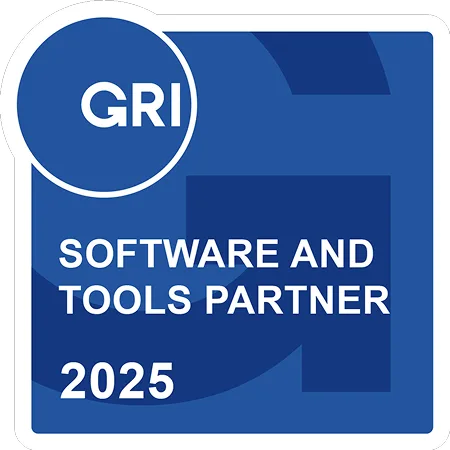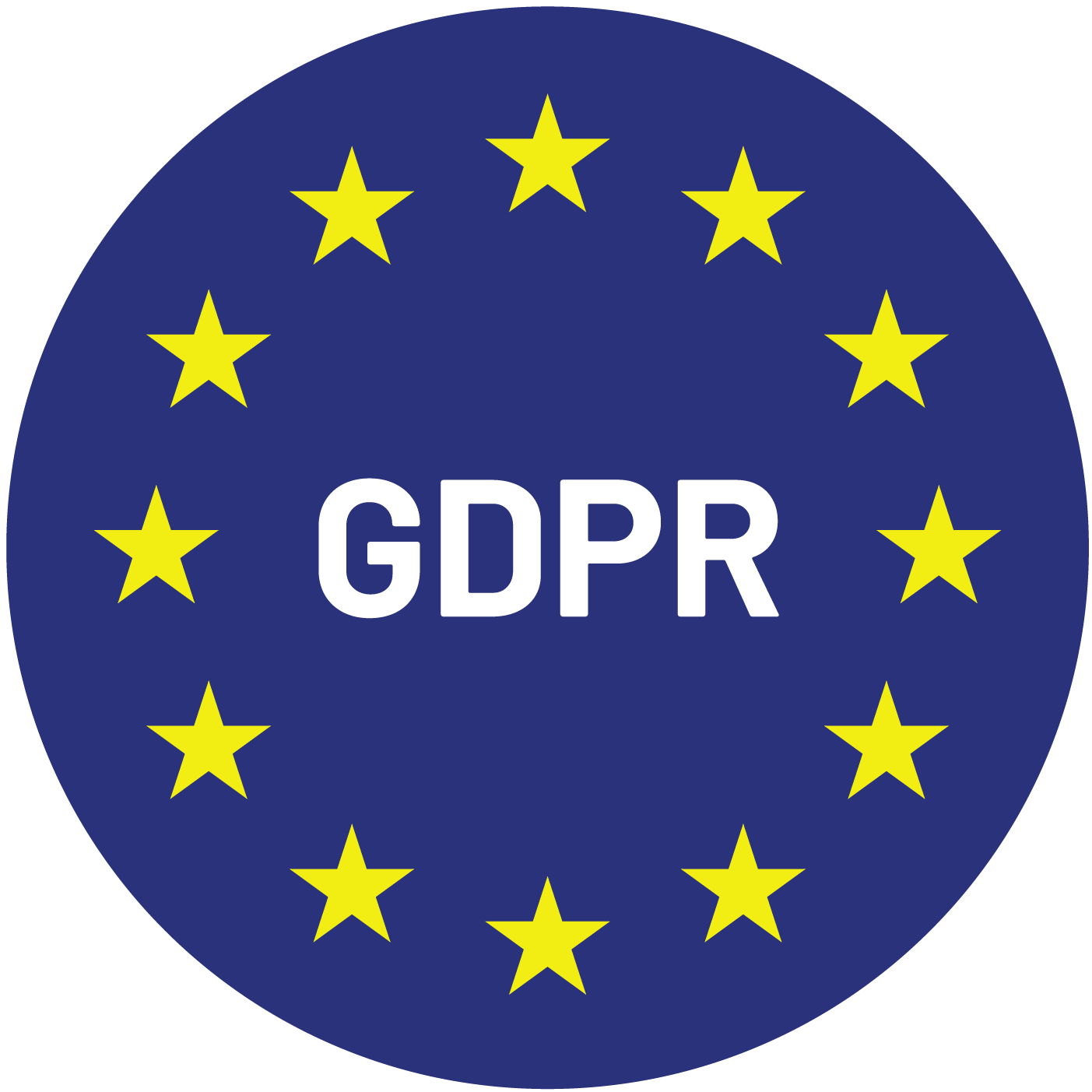What is a Carbon Footprint?
The term carbon footprint has become a staple in sustainability discussions, but what does it really mean? At its core, a carbon footprint measures the total greenhouse gas emissions caused directly and indirectly by an individual, organization, event, or product. Typically, these emissions are expressed in terms of carbon dioxide equivalent (CO₂e) to account for all major greenhouse gases, including methane and nitrous oxide.
Think of your carbon footprint as a snapshot of your environmental impact, encompassing everything from your morning coffee to your commute to work. For businesses, it can include everything from office operations to manufacturing and supply chain logistics.
Why Understanding Your Carbon Footprint Matters
The Business Case for Carbon Footprint Analysis
Climate change is not just an environmental issue—it’s a financial and reputational one. Companies across the globe are under mounting pressure from investors, regulators, and customers to disclose and reduce their carbon footprints. Carbon footprint analysis enables organizations to:
- Identify emission hotspots: Find where in your operations emissions are highest.
- Set reduction targets: Create science-based goals aligned with international frameworks like the Paris Agreement.
- Enhance transparency: Meet disclosure requirements (such as CDP or TCFD) and build stakeholder trust.
A robust carbon footprint analysis is now a critical component of risk management and brand strategy. According to CDP, companies that actively manage and plan for climate change secure an 18% higher return on investment than companies that don’t.
Components of a Carbon Footprint
Breaking down your carbon footprint reveals a web of interconnected activities and processes. The Greenhouse Gas Protocol—the most widely used standard for carbon accounting—classifies emissions into three scopes:
- Scope 1: Direct emissions from owned or controlled sources (e.g., company vehicles, on-site fuel combustion).
- Scope 2: Indirect emissions from purchased electricity, steam, heating, and cooling.
- Scope 3: All other indirect emissions across the value chain (e.g., business travel, product use, waste disposal, supplier emissions).
Real-world example:
A global tech company’s Scope 1 emissions might come from company cars and office heating, while Scope 2 covers the electricity used in data centers. Scope 3, often the largest portion, includes emissions from manufacturing components, employee business flights, and even end-of-life disposal of devices.
How to Measure Your Carbon Footprint
Steps in Carbon Footprint Analysis
Performing a carbon footprint analysis can seem daunting, but it follows a systematic process:
- Define boundaries: Decide which parts of your operations and which emission scopes to include.
- Collect data: Gather accurate data on energy use, travel, procurement, and more.
- Calculate emissions: Use recognized emission factors (e.g., from the EPA or DEFRA) to convert activity data into CO₂e.
- Analyze and report: Identify major sources and communicate results transparently.
Tools and Standards:
Many organizations use software like the GHG Protocol calculators or third-party platforms to streamline this process. Some industries have sector-specific guidance to ensure accuracy and comparability.
Reducing Your Carbon Footprint: Practical Strategies
Once you’ve completed a carbon footprint analysis, the next step is action. Effective strategies include:
- Energy efficiency: Upgrade to LED lighting, optimize HVAC systems, and encourage energy-saving behaviors.
- Renewable energy: Switch to green electricity providers or install onsite solar panels.
- Sustainable procurement: Choose suppliers with lower emissions and environmentally friendly products.
- Travel policies: Encourage rail over air, virtual meetings, and carpooling.
- Waste reduction: Optimize logistics, reduce packaging, and promote recycling.
The Bigger Picture: Carbon Footprint and Global Goals
Understanding and managing your carbon footprint is not just about compliance or reputation. It’s about contributing to the larger movement toward a low-carbon economy. The United Nations Sustainable Development Goals (SDGs), particularly SDG 13 (Climate Action), highlight the pivotal role companies play in global emissions reduction.
Regulatory trends are also on the rise. The EU’s Corporate Sustainability Reporting Directive (CSRD) and similar mandates elsewhere are making carbon accounting non-negotiable for many organizations.
The Future of Carbon Footprint Management
Looking ahead, carbon footprint analysis will only become more crucial. With the rise of carbon pricing, supply chain transparency, and digital reporting, businesses that proactively measure and reduce their footprints will be better positioned to lead—and thrive—in a rapidly changing world.
Take Action: Start Your Carbon Footprint Journey
Understanding your carbon footprint is the first step toward meaningful climate action. Whether you’re aiming to comply with new regulations, meet stakeholder expectations, or simply future-proof your business, a data-driven, transparent approach is essential.
Ready to take the next step? See how Sprih helps organizations like yours manage and reduce their carbon footprint.
FAQs
What is a carbon footprint?
A carbon footprint is the total amount of greenhouse gases (GHGs) emitted directly and indirectly by an individual, organization, product, or event. It’s typically expressed in carbon dioxide equivalents (CO₂e) to account for CO₂ as well as gases like methane and nitrous oxide.
Why does understanding your carbon footprint matter?
Measuring your carbon footprint is the first step in reducing environmental impact. For businesses, it’s essential for regulatory compliance, investor transparency, risk management, and brand reputation. It also helps identify emission hotspots and set science-based targets.
What are the components of a carbon footprint?
Carbon footprints are typically broken down into three categories under the GHG Protocol: Scope 1 (direct emissions), Scope 2 (indirect emissions from energy), and Scope 3 (value chain emissions such as suppliers, logistics, and product use).
What’s the difference between Scope 1, 2, and 3 emissions?
Scope 1 includes direct emissions from assets you own or control (e.g., company vehicles). Scope 2 covers emissions from purchased electricity or heat. Scope 3 includes all other indirect emissions, such as those from suppliers, business travel, and product disposal.
How do you measure a carbon footprint?
The process involves defining your organizational or product boundaries, collecting activity data (like energy use or travel miles), applying emissions factors, converting to CO₂e, and analyzing the results to identify key sources of emissions.
What tools or standards are used in carbon footprint analysis?
Common tools include the GHG Protocol calculators, ISO 14064 standards, and sector-specific methodologies. Many businesses also use specialized software platforms to streamline calculations and reporting across multiple facilities or suppliers.
What are practical ways to reduce a carbon footprint?
Common reduction strategies include improving energy efficiency, switching to renewable energy, choosing low-emission suppliers, optimizing logistics and packaging, promoting remote work, and upgrading equipment or facilities to lower-emission alternatives.
Is carbon footprint analysis required by law?
In many jurisdictions, yes—especially for large companies. Frameworks like the EU’s Corporate Sustainability Reporting Directive (CSRD), and disclosure programs like CDP and TCFD, require or encourage emissions measurement and public reporting.
How does carbon footprinting link to global climate goals?
Tracking and reducing carbon footprints helps organizations contribute to international targets like those under the Paris Agreement. It also supports progress toward the UN Sustainable Development Goals, particularly SDG 13 (Climate Action).
How can Sprih support carbon footprint analysis?
Sprih helps organizations measure, manage, and reduce emissions through AI-powered carbon accounting, supply chain visibility, and audit-ready reporting tools—ensuring accuracy, transparency, and alignment with evolving global standards.














